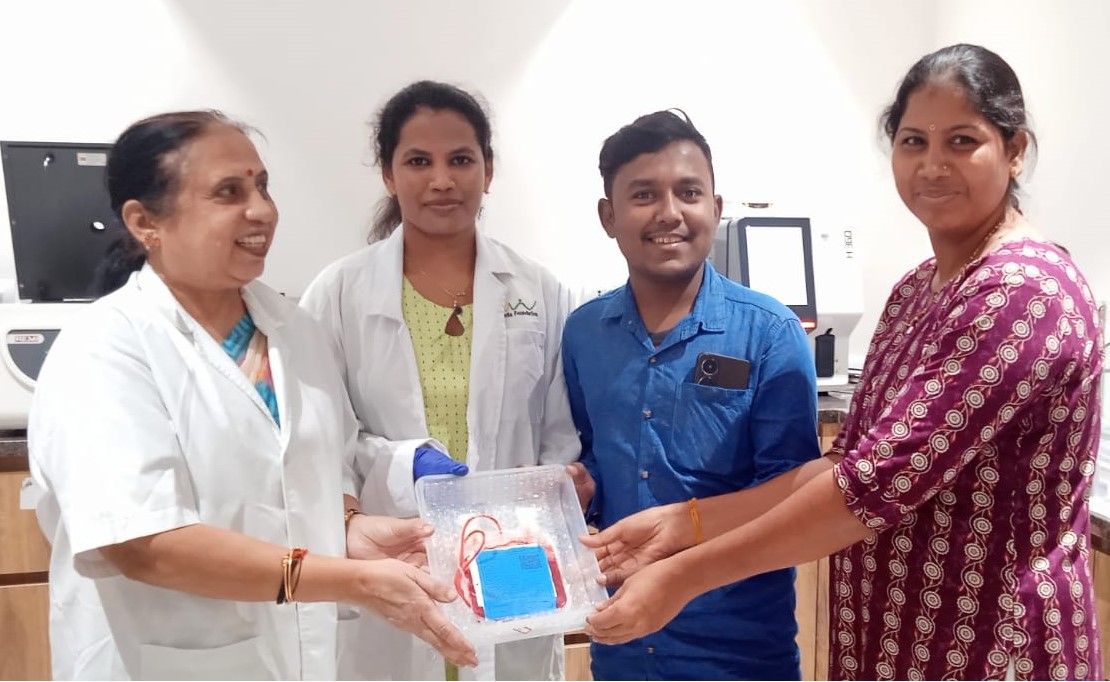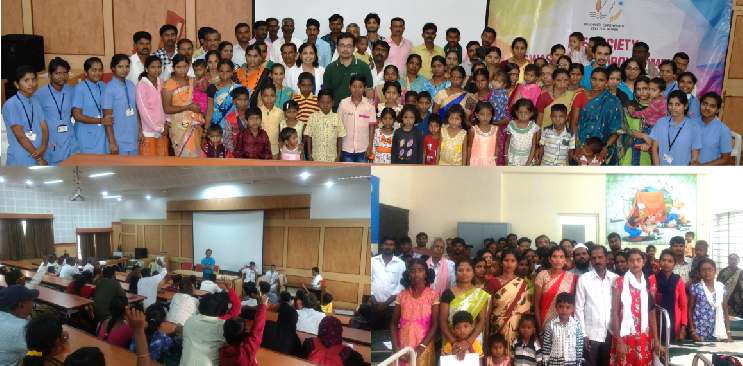Latest In Transfusion Medicine
Our study of complications related to blood donation being published in Asian Journal for Transfusion Science
What do we do as a voluntary organisation when we confront with a problem that affects the donors and the interest of voluntary blood donation as a whole? There are choices. There is the choice to create awareness about the problem and hope that someone will take notice and solve it.
News and Updates from August 2015
Lesser camps, better planning for Rakta Kranti
Due to a patriotic fervour gripping the city around Independence day the number of blood donation drives in were far too many. At such times, Sankalp takes a stand not to organise too many drives. This ensures a balanced supply of blood without overloading and leading to possible wastage.Bringing in a Consensus on Donor Deferrals – The Emergence of a Protocol
Voluntary blood donation drives are the cornerstone of a continuous supply of safe blood in India. Organizing a voluntary blood donation drive means not only making necessary infrastructure arrangements but also creating awareness and education among a large potential donor pool to motivate them to come forward and donate blood.
Rationalizing Donor Deferrals
Voluntary blood donation drives are the cornerstone of a continuous supply of safe blood in India. Organising a voluntary blood donation drive means not only making necessary infrastructure arrangements but also creating awareness and education among a large potential donor pool to motivate them to come forward and donate blood.
Recommendations for reducing non-compliance
The following are some recommendations which we believe will help in reducing events of non-compliance in blood donation camps.
Improving Quality of Blood Donation Drives
Regular blood donors are the cornerstone of blood safety and voluntary blood donation. The retention of blood donors is directly related with the experience they have when they come to donate blood. Quality, safety and donor retention are inseparable.
Thalassemia Management offers unique opportunities for Quality Assessment of blood banks
Thalassemia management offers a unique opportunity for measuring the quality of blood transfusion services. Children suffering from thalassemia who are on chronic transfusion therapy generally come back to the same centre for treatment and management. This enable insights into blood transfusion medicine which otherwise may be very difficult to get.
Do we really need fresh blood?
In India the demand for fresh blood units especially in case of cardiac surgeries has been a major challenge for the voluntary blood donation program. Though vast majority of associated clinicians agree that there is no need for so called fresh blood units but still the hospitals involved in cardiac surgeries continue to demand 'fresh' units.



